Nepal is my first Asia, my new love, my other universe. I went there quite unexpectedly. First, I wrote a review about a trip to Nepal by my friend, and then when he suggested going on the next trip there, I thought—why not? And I went…
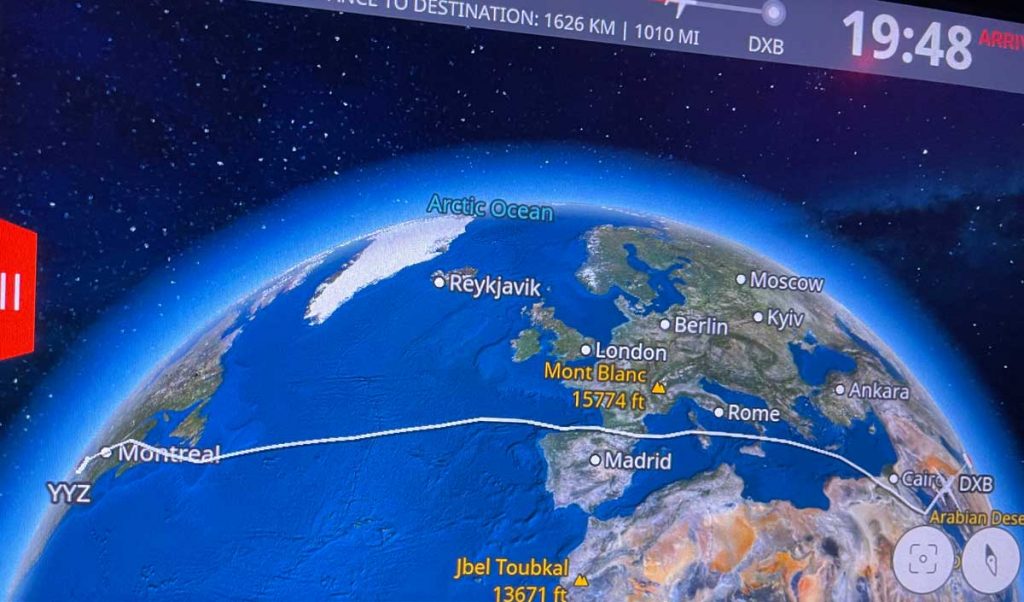
We traveled in the Solukhumbu region. The route we followed is relatively unknown. Far fewer tourists visit it compared to more popular destinations like Everest Base Camp or Annapurna. All its beauty is yours. We hardly met anyone on the trail. However, the few people we did meet turned out to be amazing individuals, and spending an evening with them was pure joy. Songs, musical instruments, dancing, stories—all of this added vibrant colors to our trip.
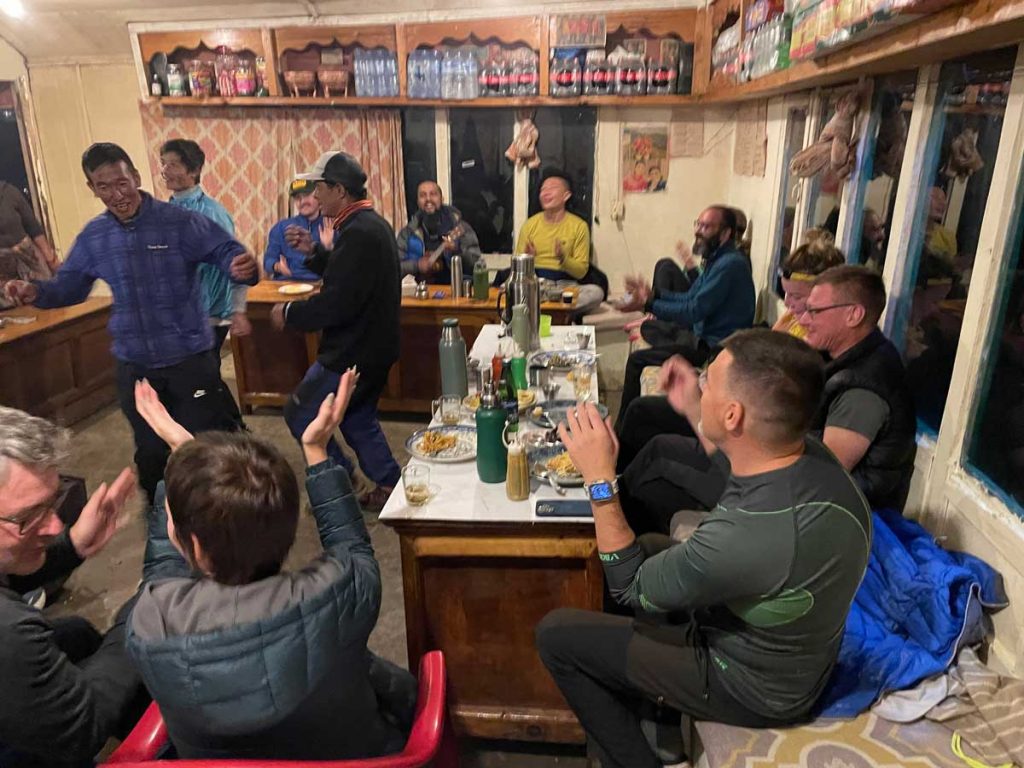
We arrived in Kathmandu and checked into Hotel Manang. We spent the day sightseeing and buying equipment. You can buy ANY trekking gear there for a quarter of the Canadian price. The city is huge, noisy, and diverse.


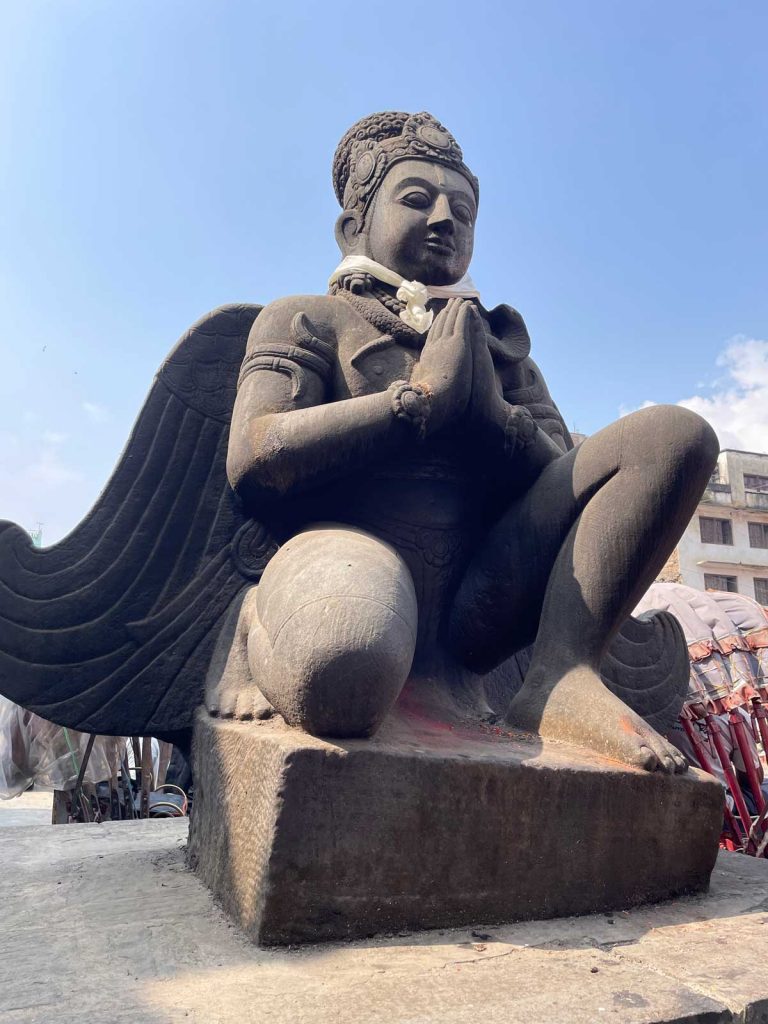




The next day, we spent 11 hours driving by jeep to Dhap, the starting point. A month ago, Nepal experienced severe flooding, and the roads were destroyed and washed out. The drivers’ skill and calmness were astonishing. We stayed overnight in a lodge (a guesthouse with basic amenities—a bed, shared toilet on the floor, sometimes a shower, and a dining area). It’s very cheap—a room with two beds costs about $5-6, and breakfast is $2-3. Food, in general, is cheap ($2-4), plentiful, and delicious. Rice in all forms, pasta, and the very popular momos—a type of dumpling—are widely available.

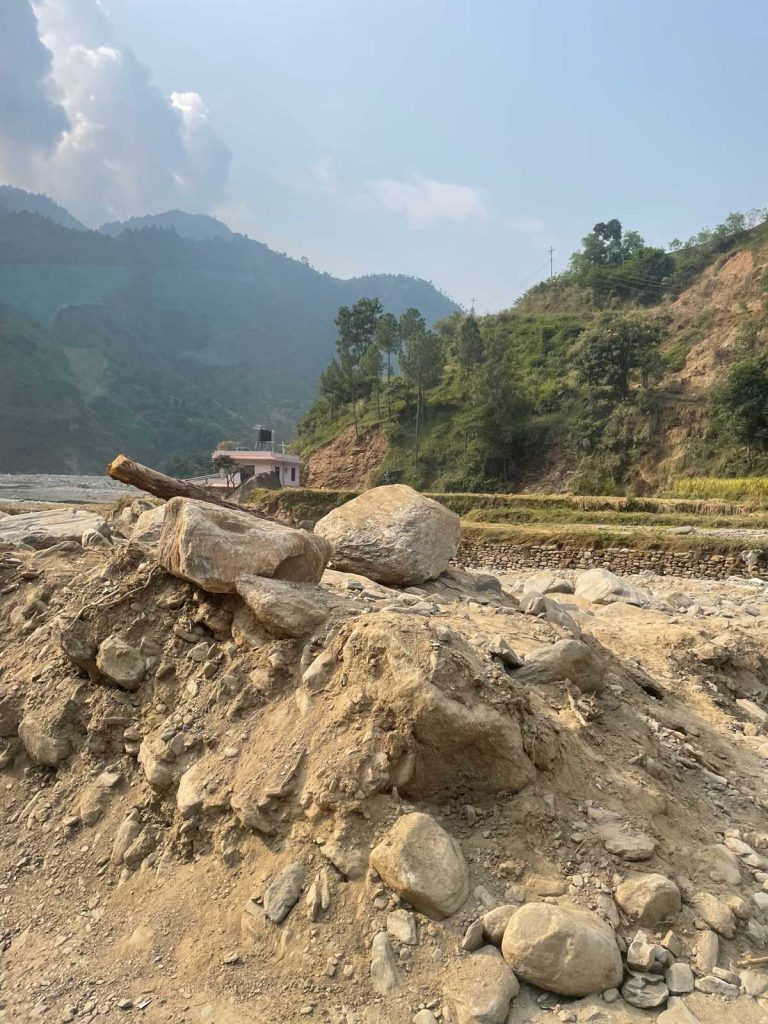



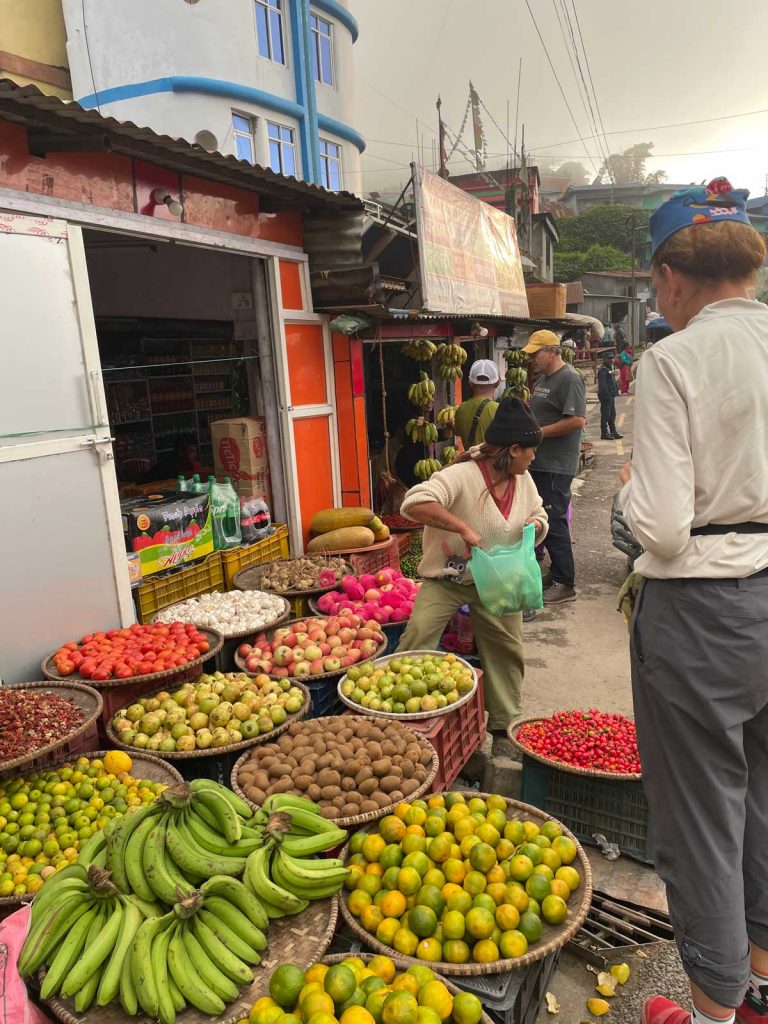


The view from the hotel was of snow-capped mountains—absolutely breathtaking.


The trek began. The Sherpas (an ethnic group from Nepal) carried the main luggage, while I had a small backpack, about 5 kg, with water, snacks, and day essentials (jacket, sweater, raincoat, sunscreen, etc.). We reached a monastery in Jhapre. We stayed overnight in a lodge there. It was there that we met other travelers from America, China, Nepal, and Europe and had a wonderful, heartfelt evening. The next morning, the Sherpas woke us up at dawn, and for the first time, I witnessed the sunrise in the Himalayas—a sight I will never forget.










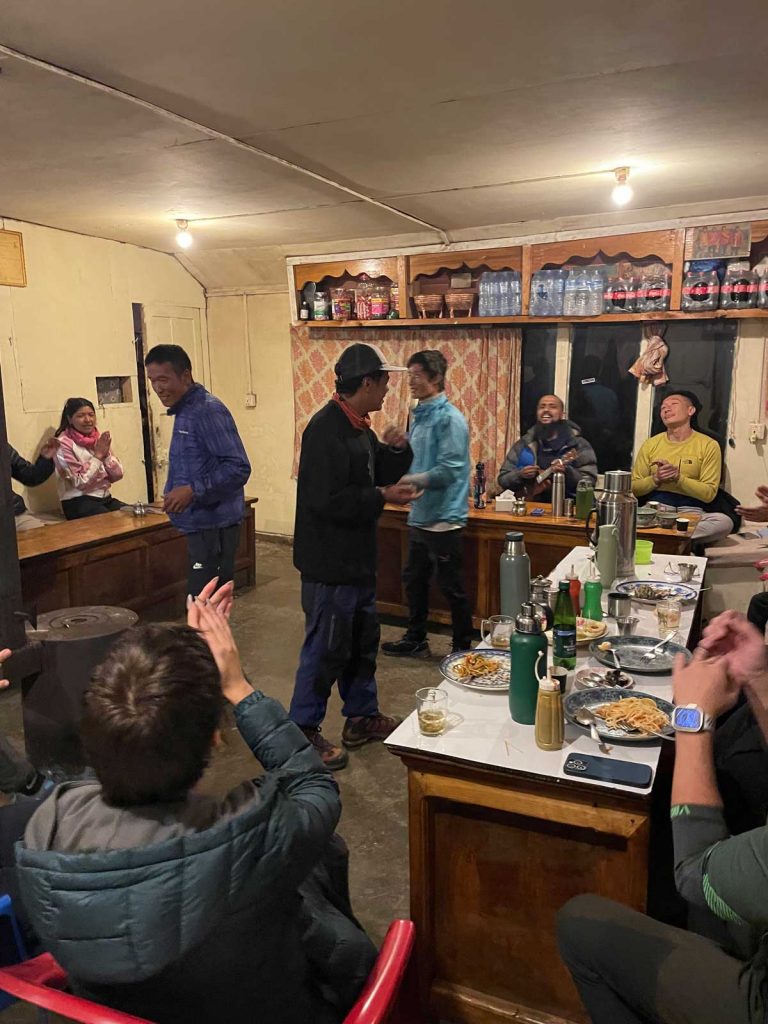




The next day, we reached the base camp of Pikey Peak (Pikey Peak offers a full panorama of the Great Himalayas and is the final goal for many groups). The day was beautiful, long, and challenging, with an altitude gain of over 700m.





Early in the morning, we climbed Pikey Peak. We were lucky with the weather. It was very windy but sunny and cloudless. The views were mind-blowing – a panorama of all of Nepal, from Annapurna to Langtang and Makalu, including Everest, Lhotse (8501m), and the proud summit of Numbur (6959m). Sir Edmund Hillary, the first person to summit Everest, acknowledged the view from Pikey Peak as the most magnificent. After admiring it, we descended to Upper Taktor, where we stayed overnight in a newly built, wonderful lodge. There were again dances and songs.







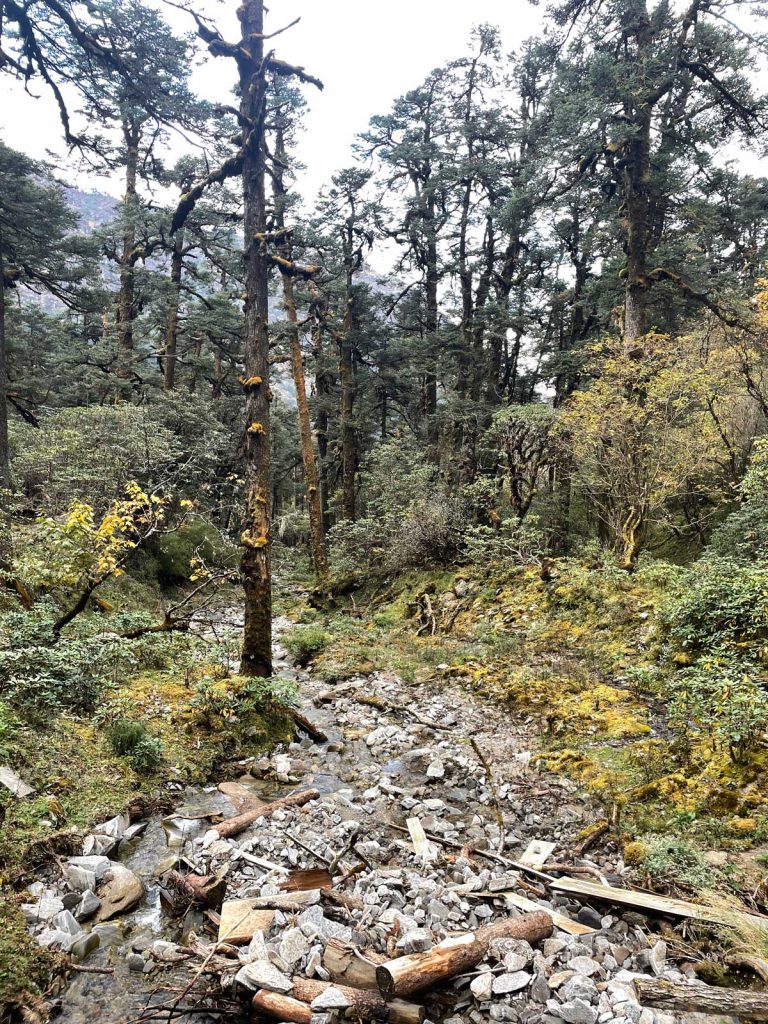

From Upper Taktor through Junbesi we arrived at the Thupten Choeling Monastery. One of the members of the hike became unwell, so we took an unscheduled rest day there. This day became one of the most vivid impressions of the hike. I knew little about Tibetan monks before, and they blew my mind. Their way of life, friendliness, acceptance of all and everything, kindness, and calmness just melted my soul. I spent about 5 hours at their ceremonies in the monastery, I visited their homes, I interacted with them, and I was stunned. I really want to preserve all these feelings and not drown them in the everyday hustle and bustle.
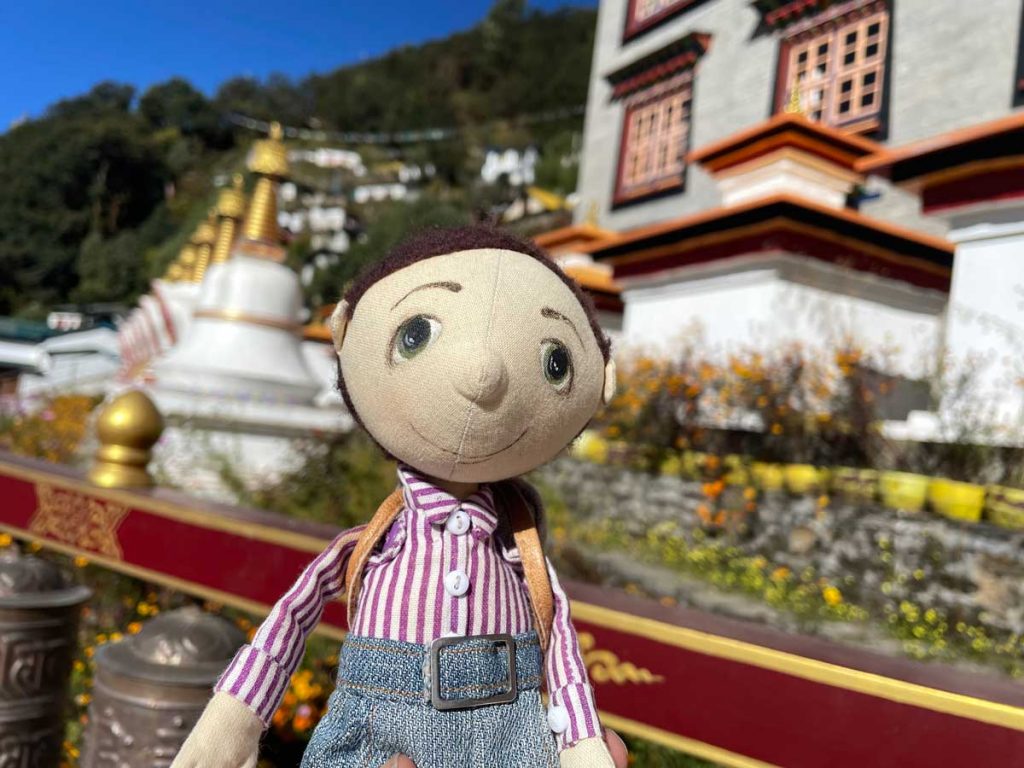










Yak Kharka. The first place where we camped. The organizer of the hike Egor Oborotov decided to apply a new scheme, and for 3 days we camped with an All-Inclusive system. This means that all food, tents, and gear were carried by yaks and sherpas, and they also set up and cooked (the sherpas, not the yaks). The beauty of this is an even greater distance from civilization, breathtaking views, and a sense of freedom.


Saharsbeni – a night in a tent. It was very cold, but the night starry sky in Saharsbeni is magic and wonder.

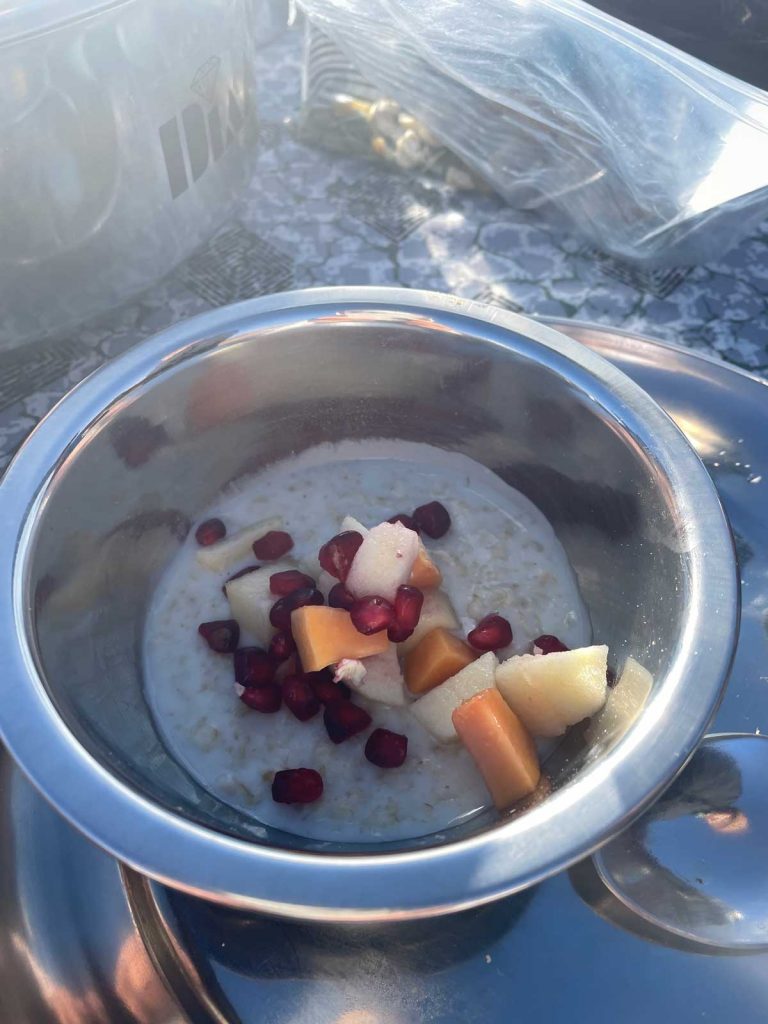


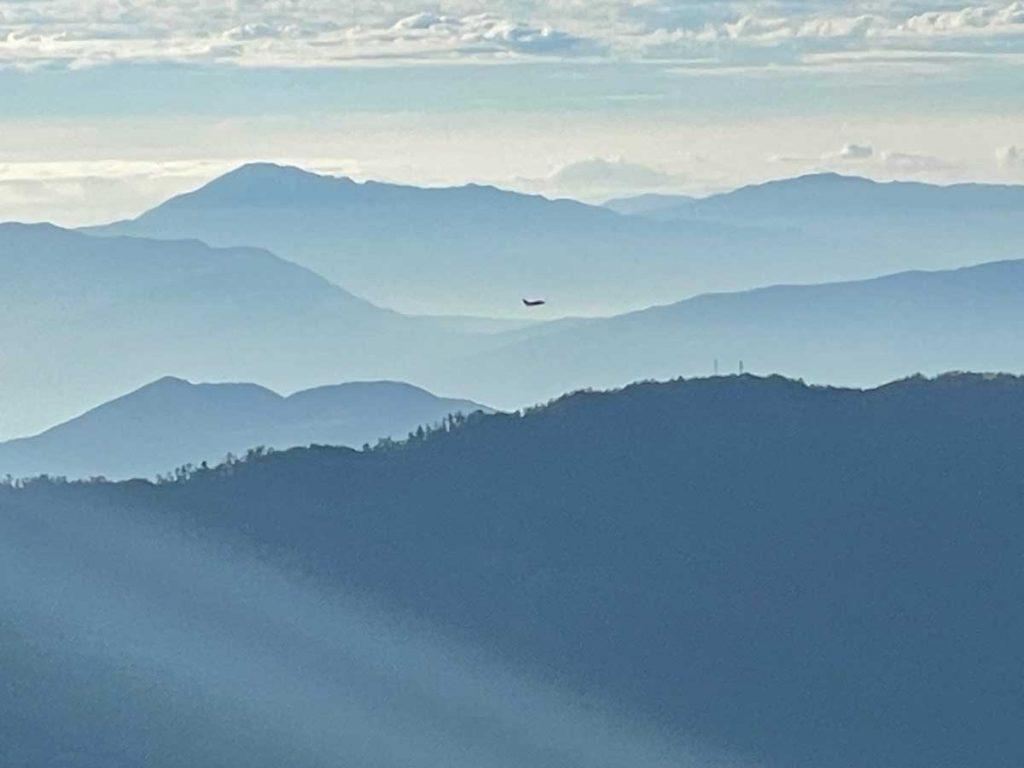
At 4 a.m., the entire group went to the sacred lake Dudh Kunda. Dudh Kunda, or the Milk Lake, is considered holy by all religious confessions in Nepal. I didn’t make it to this place because I became unwell, plus I developed severe altitude sickness (a surprise for me). But no regrets, because on this day, I went down alone, accompanied by a 12-year-old Nepali girl, and the 8-hour journey through the mountains and forests of Nepal with this child gave me a deeper understanding of the local people’s lives than the entire hike. I spent the night in a guesthouse with the proud name “Resort” near the Taksindu Monastery. In the morning, that same girl, with whom I had become friends during our time together, came running to me again, and with her, I stuck my curious nose into places I would never have dared to enter without her. An unforgettable experience. In the evening, my group arrived.


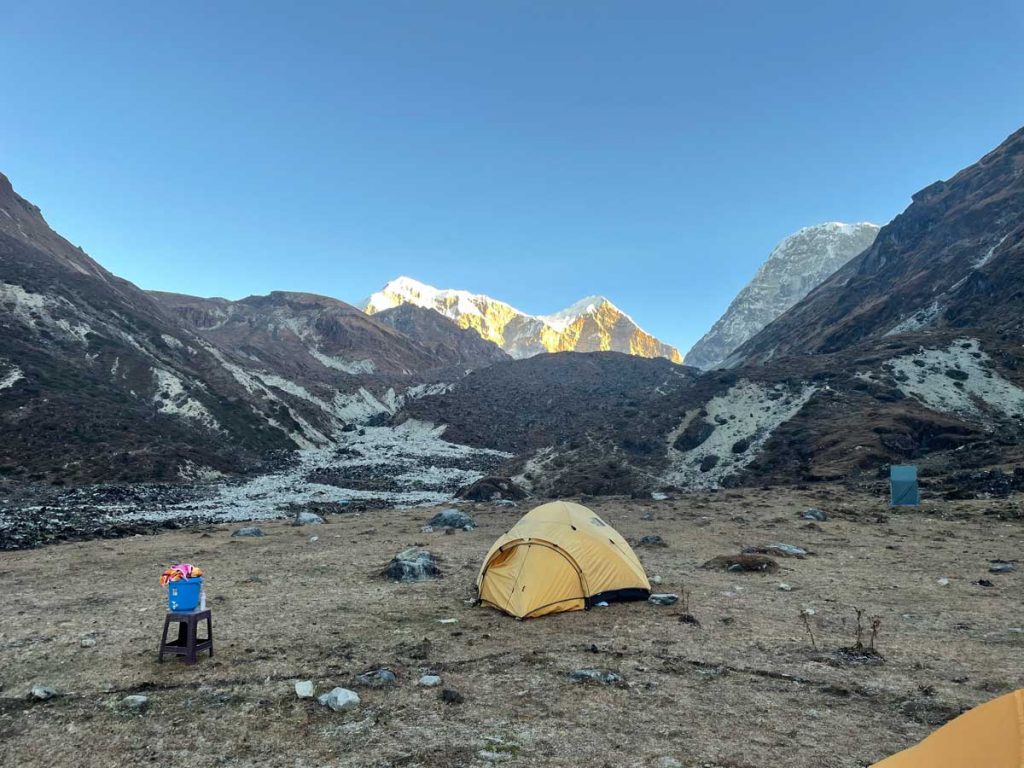

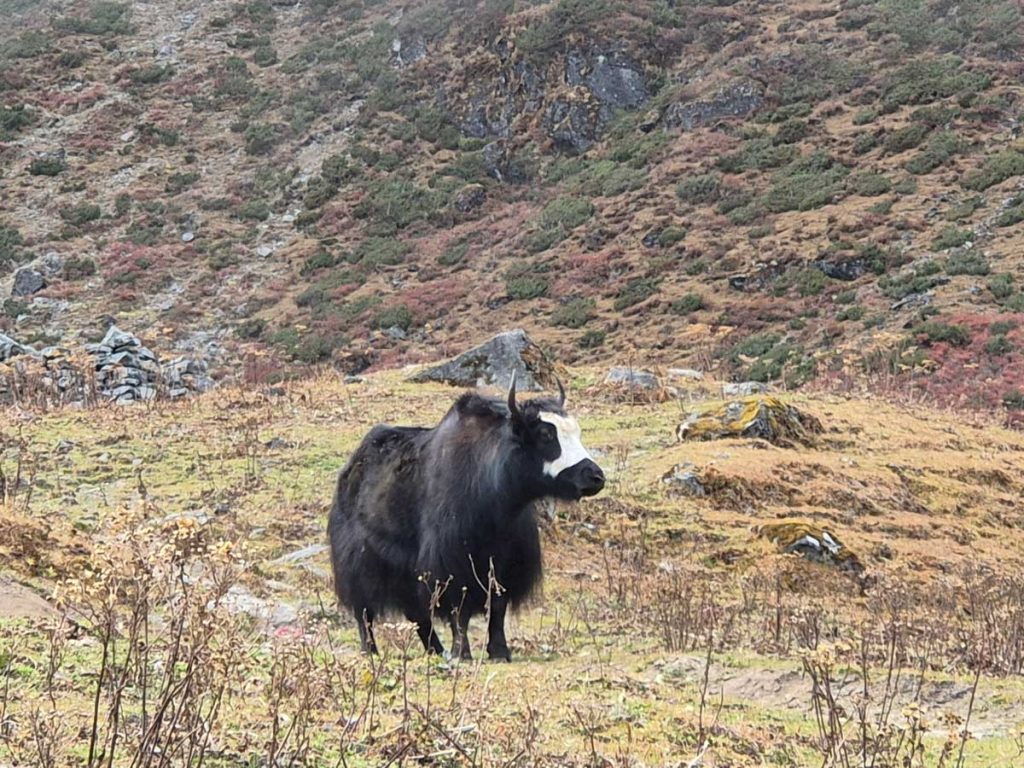
And that’s it – the next day we reached Ringmo Village, then to the final point of the hike, Phaplu, and from there we traveled for another 14 hours by jeep to Kathmandu.




A day in Kathmandu (the audio tour of Kathmandu created by VoxTour.AI was very helpful, thank you so much to them), visiting Hindu and Buddhist temples, the Monkey Palace, a farewell dinner at the home of our guide Furi, and goodbye, Nepal, I will definitely return to you. On Sunday, I even had 8 hours to spend in Dubai during my layover, but that’s another story.







To summarize, I think this hike was one of the best of my life.
I want to highlight two important things, at least for me.
Physical Training
Train before the hike. Walk. Take the stairs. Do cardio. Stretch. Don’t believe that this hike is suitable for any fitness level. After walking 10-20 km a day with an elevation change of 300-1000 meters, you should still have enough energy to appreciate the beauty of the path you’ve traveled.
Gear
Choose your gear carefully. Good shoes, trekking socks, and high-quality thermal underwear will allow you to complete the trek comfortably and without blisters.
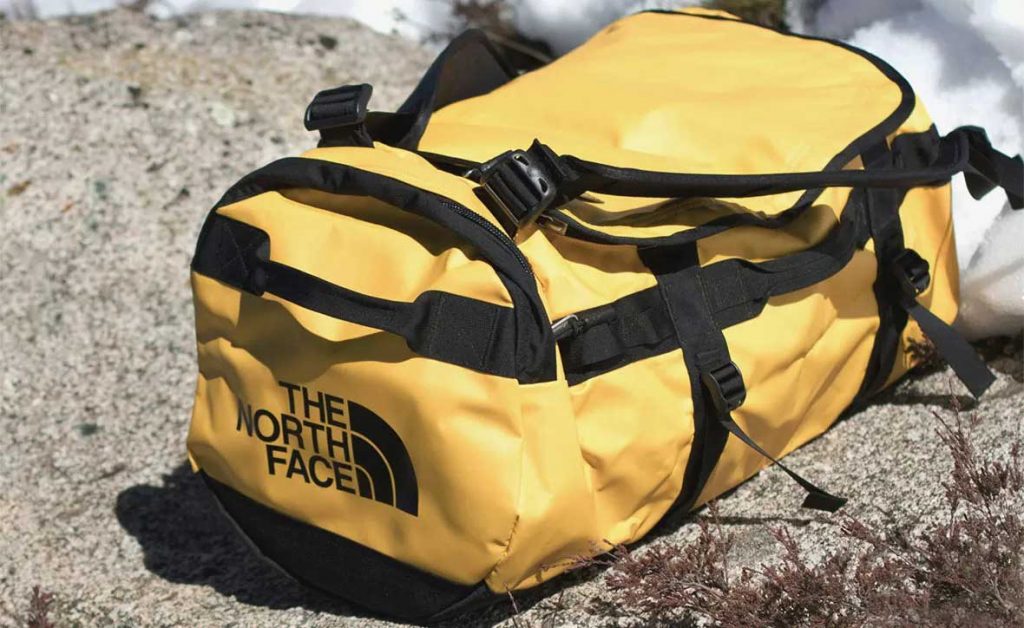

Here is a list of gear, so I don’t forget:
- A duffel bag where you can put everything and then hand it over to the porter;
You only need a small backpack for valuables and things that might be needed along the way. - A sleeping bag (comfort temperature 0… -5°C).
- Sunglasses, preferably mountain sunglasses with UV protection factor 3-4;
- Trekking poles. You can buy them in Kathmandu.
- Rain cover for your backpack;
- A lightweight thermos (can be for 2-3 people, or you can manage with a bottle and drink regular water);
- Headlamp, spare batteries;
- Hoba (a tourist seat pad, foam pad) – optional, but you can take it.
Clothing: - Windproof pants, suitable trekking pants;
- Shorts or lightweight pants;
- Membrane jacket;
- Light down jacket
- Polar fleece jacket;
- Thermal underwear;
- Trekking socks (2 pairs);
- Warm hat;
- Cap with a brim or a bandana;
- Gloves made of polar fleece or windstopper material;
- T-shirts (4-5 pieces). Better to use synthetic fabric, don’t take cotton.
- Underwear;
- Socks (5-10 pairs), especially since there’s little time or place to wash them in the mountains.
Shoes: - Trekking boots.
- Light footwear: sneakers, you’ll use them for most of the route;
- For the evening – sandals, Crocs, or flip-flops.
Other: - Towel
- Personal hygiene products
- Sunblock, SPF 30 or higher;
- Hygienic lip balm;
- Wet wipes;
- Personal first aid kit.
The hike was organized by izagorizont.ru under the careful guidance of the wonderful Nepali guide Furi Sherpa. A huge thanks to them for this mountain fairytale.

